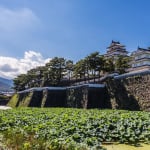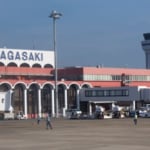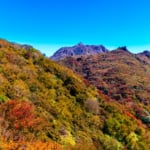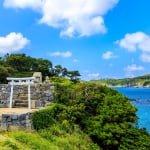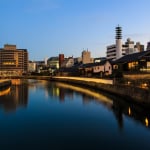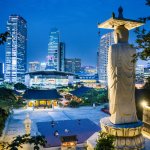Discover the real-life sites and scenic spots featured in the popular video game Ghost of Tsushima!
Tsushima, a border island known for its historical significance and popular with South Korean tourists, served as the primary setting for Ghost of Tsushima. In real history, Tsushima was the site of the Mongol invasions, making it a fitting stage for the game’s dramatic storyline.
After the game’s release, many players became deeply invested, and while the initial hype has calmed, it's likely that several "samurai" made their way to the real Tsushima following their in-game journey.
If you're thinking, "I still want to visit Tsushima!" or "I want to go on a Ghost of Tsushima pilgrimage!"—this article is for you. Below, we detail must-see sightseeing and pilgrimage spots inspired by the game.
table of contents
[x] close
[Game Pilgrimage] Explore the Real-Life Locations of Ghost of Tsushima on a Remote Island Tour!
Where Are the Real-Life Locations in Ghost of Tsushima?

When it comes to the Ghost of Tsushima setting, the first thing that comes to mind is, of course, Tsushima Island.
Tsushima is a remote island in the Sea of Japan, part of Nagasaki Prefecture. In 2004, several towns and villages merged to form the city of Tsushima. With a population of about 27,000, it has the lowest population density of any city in Kyushu. Although it belongs to Nagasaki, ferry access from Fukuoka makes its connection to Fukuoka quite strong.
As portrayed in the game, Tsushima suffered immense damage during the Mongol invasions of the Kamakura period. The game’s events are based on the 1274 Battle of Bun’ei, the first of two Mongol attempts to invade Japan.
Pilgrimage sites connected to Ghost of Tsushima are scattered across the island, so transportation—such as rental cars or local buses—is essential for sightseeing.
Is the “Tsushima” in the Game Different from Reality?
The “Tsushima” you explore in the game is modeled on the real island of Tsushima, and its in‑game map faithfully reproduces the actual terrain. An artificial canal called the Mansaki Strait cuts roughly through the middle of the island, effectively dividing Tsushima into northern and southern halves—just as the game’s exploration map is split into North and South regions.
However, most of the shrines, castles, and other structures you visit in the game are purely fictional. That said, many of them are inspired by real locations, and the island’s dramatic natural scenery—forests, coastlines, and mountain vistas—remains largely intact, giving you plenty of places to experience a true “Tsushima” pilgrimage.
Tsushima Is Very Long North–South
Tsushima stretches about 82 km from north to south, making it the third‑largest Japanese island outside the main islands (after Sado and Amami Ōshima). If you imagine placing Tokyo Station at Tsushima’s southern tip, the island would extend westward almost as far as Ōtsuki City in Yamanashi Prefecture.
There are no railways on Tsushima. To see the island, you’ll need a rental car or you can rely on the local Tsushima Kōtsū bus network. Planning your itinerary around these transport options is key to a smooth visit.
Ghost of Tsushima Pilgrimage Spot ①: Komoda Beach
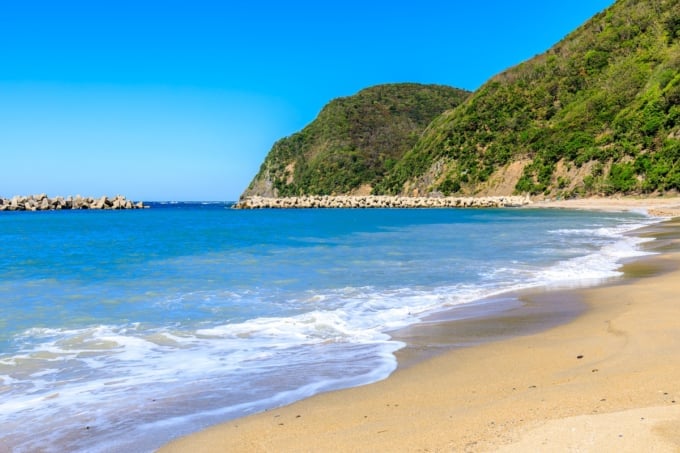
This is one of the most memorable locations from the game, where the protagonist suffers defeat during the opening sequence. It’s also the origin of the phrase, “Honor died at Komoda.”
Historically, the Mongols did land at Komoda Beach, and Tsushima’s military commander Sō Sukekuni led fewer than 100 warriors to defend the island—ultimately perishing along with all his men.
A statue honoring Sō Sukekuni now stands in tribute to their sacrifice.
Access: About 20 minutes by car from Izuhara town center. A local bus line connects Komoda and Aren, but it’s isolated and not linked to other routes, so shared taxis are recommended.
Ghost of Tsushima Pilgrimage Spot ②: Banshōin Temple
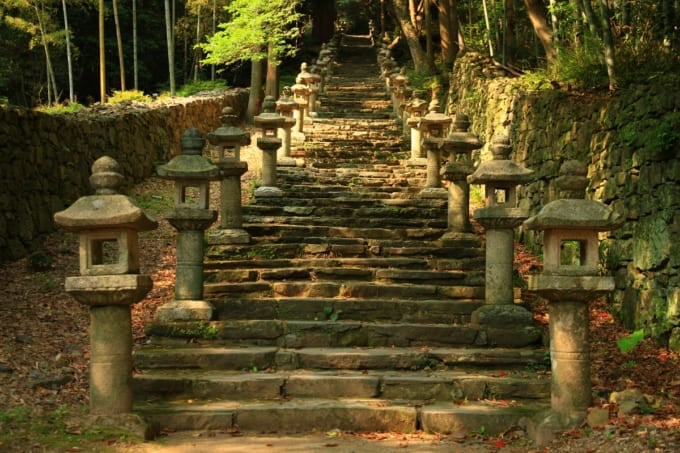
The in-game "Golden Temple" does not exist in real life, but many fans believe it was modeled after Banshōin, a temple in Izuhara.
Banshōin was built in the early Edo period by the second lord of Tsushima, Sō Yoshinari, to honor his father Sō Yoshitoshi. While it doesn’t date back to the Kamakura period, its stone lanterns, steps, and statues of guardian deities share similarities with the Golden Temple depicted in the game.
Visiting Banshōin with the in-game imagery in mind will make the experience even more meaningful.
Ghost of Tsushima Pilgrimage Spot ③: Kaneda Castle
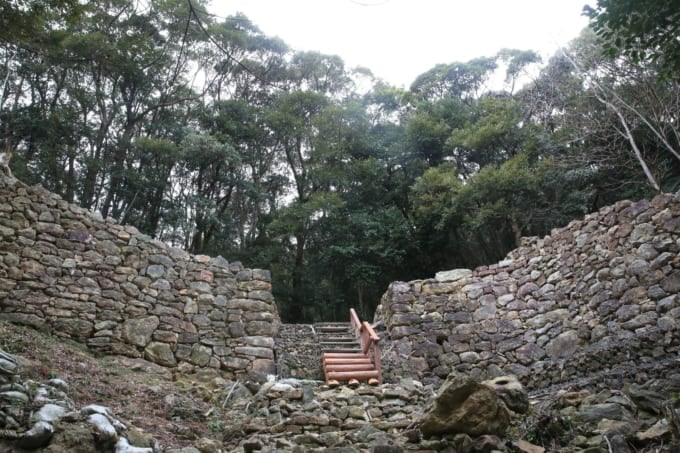
Another important location is Kaneda Castle, featured early in the game as a fortified stronghold. In real life, Kaneda Castle Ruins are among Tsushima’s top historical attractions.
The real castle was built in 667 AD by the ancient Japanese military following the defeat at the Battle of Hakusukinoe against the combined Tang and Silla forces. It was eventually abandoned after about 200 years.
Though no keep (tenshu) existed at that time, the remaining stone walls still convey the strength and spirit of the original fortress. Located on a mountaintop, the view is spectacular, making it a popular spot even beyond its gaming connection.
Ghost of Tsushima Pilgrimage Spot ④: Iki Island
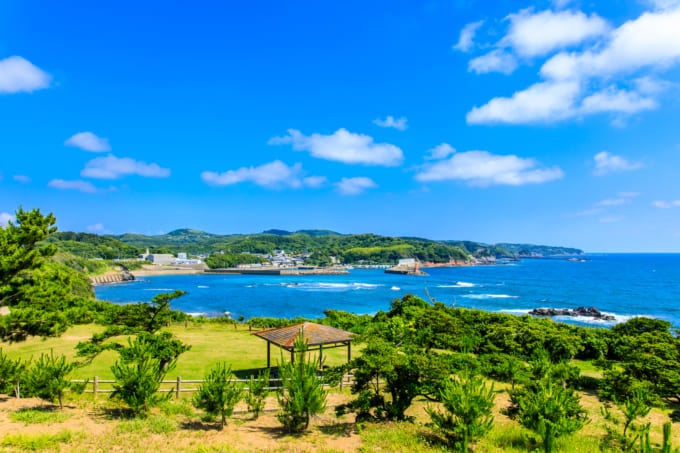
The nearby island of Iki appears in the game’s expansion DLC and is a great addition to your Tsushima journey.
In-game, Iki features new storylines, tough enemies, and scenic environments modeled closely after the real island. Historically, Iki was also attacked during both Mongol invasions, and like Tsushima, its defenders were wiped out in the first assault.
Though there are no specific "pilgrimage sites" from the game on Iki, spots like Babasaki, where the Mongols landed, and Hijime Castle Ruins (Shinjō Shrine), the site of Japan’s main defense, offer rich historical value. It's well worth a visit via ferry from Tsushima.
Ghost of Tsushima Pilgrimage Spot ⑤: Watatsumi Shrine
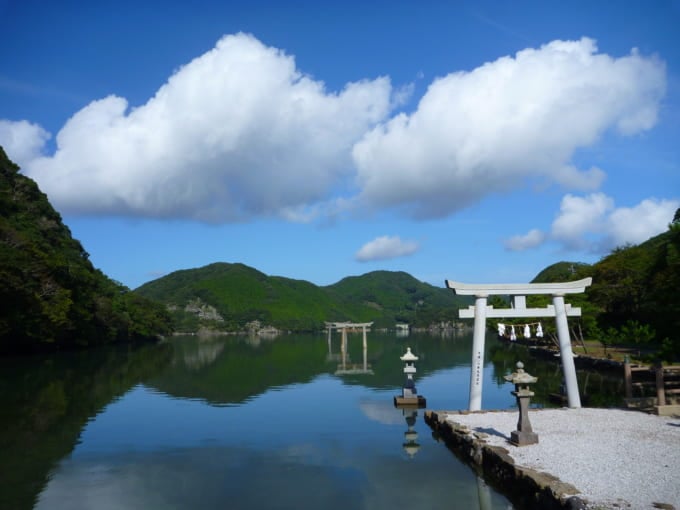
Finally, we feature Watatsumi Shrine, thought by many fans to be the real-world inspiration for the in-game “Cloud Sun Shrine.”
Located near the coast, Watatsumi Shrine has a line of torii gates extending into the sea. At high tide, the gates appear to float, while at low tide they’re connected to land—similar in appearance to Hiroshima’s Itsukushima Shrine.
In the game, the shrine also faces the sea with torii gates lining the approach, creating a similarly mystical atmosphere.
However, the shrine’s location in the game differs significantly from its real-life counterpart, so be sure not to confuse them.
◎ Summary: Ghost of Tsushima Pilgrimage and Sightseeing Spots
We’ve introduced several Ghost of Tsushima-inspired sightseeing spots and pilgrimage locations.
The Mongol Empire, the world’s second-largest in territory, was once considered the most powerful force on earth. During the invasions of Japan, they wielded unfamiliar weapons like grenades and attacked with thousands of ships—posing a tremendous threat to the islanders.
Due to the historical significance of these events, this era continues to be a popular subject in games, manga, and dramas. And the fact that Japan repelled the invasions twice still captures imaginations today.
Tsushima offers more than just gaming connections—it’s a beautiful island rich in natural wonders and local cuisine. Enjoy both the Ghost of Tsushima pilgrimage and the island’s own history and culture during your visit!

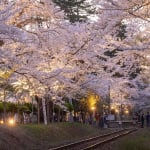

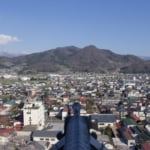

![[Game Pilgrimage] Explore the Real-Life Locations of Ghost of Tsushima on a Remote Island Tour!](https://skyticket.com/guide/wp-content/uploads/2025/04/dd9e71df6ac040e3b1ce1c4e20732607-1200x675-1200x675.jpg)







